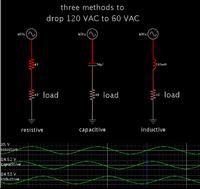yassin.kraouch
Advanced Member level 2

Hi,
can anyone explain to me the capacitive drop drive topology ? how it works ? what is the role of the capacitor ?
thanks,
can anyone explain to me the capacitive drop drive topology ? how it works ? what is the role of the capacitor ?
thanks,


